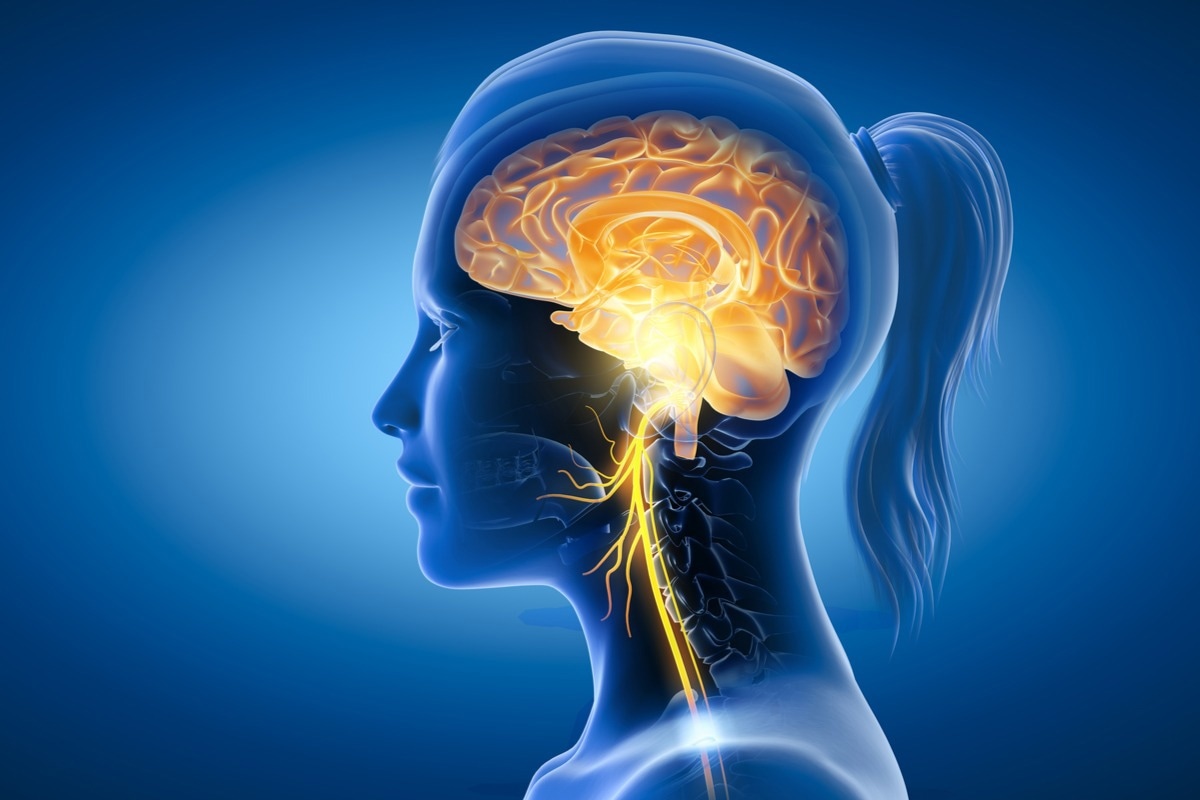Vagus nerve stimulation for long COVID
In a recent study posted to the Research Square* preprint server, researchers assessed the effectiveness of transcutaneous auricular vagus nerve stimulation (taVNS) in managing long coronavirus disease 2019 (COVID-19).

Background
While the various manifestations of COVID-19 have been extensively studied, research is still required to understand the persistent neuropsychiatric effects of the infection. These persistent symptoms are termed post-acute sequelae of severe acute respiratory syndrome coronavirus 2 (SARS-CoV-2) infection (PASC) or long COVID and are found in patients even months after the diagnosis of COVID-19.
About the study
In the present study, researchers explored the feasibility and tolerability of remote-monitored taVNS and its impact on the management of symptoms related to long COVID.
The study involved 13 individuals, including eight women, with a history of SARS-CoV-2 infection. The study procedures such as measurement of outcomes, stimulation, as well as vital monitoring were performed by the participants themselves via virtual means in the present remote-monitored at-home trial. The eligible participants were aged 18 years and above, had laboratory-confirmed SARS-CoV-2 infection, were afebrile, and reported the onset of at least one new neuropsychiatric symptom from depression, anxiety, anosmia, vertigo, ageusia, fatigue, headache, brain fog, or irritability.
The team developed a hard-shell briefcase comprising all equipment related to the test. This included physiology monitoring and stimulation equipment as well as telecommunications devices necessary to ensure remote monitoring. After the participants received the briefcase, they were asked to charge the electronic components included in the briefcase. The participants then attended a virtual orientation session where they were instructed how to use the systems in the suitcase. After the orientation session, the team organized the first treatment visit. The participants were told they would be virtually monitored to ensure safety and compliance for the first three days of the study.
The team developed a battery of outcomes that tracked the improvements in heterogeneous symptoms. The primary outcomes of the study evaluated safety and feasibility, while the secondary outcomes estimated symptom improvement of the nine above-mentioned long COVID symptoms. Feasibility was assessed during the pre-stimulation orientation visit and the initial six treatment sessions. Furthermore, safety and tolerability outcomes were measured by assessing the real-time heart rate (hr) of each participant during stimulation in the first six sessions.
Results
The study results showed that during the period of initial pre-stimulation orientation, almost 91% of the participants needed assistance while using the remote hr monitoring, while all the users needed assistance with the taVNS equipment. The participants were instructed to complete two taVNS sessions every day, lasting one hour each, for four days. A compliance assessment analyzed the proportion of completed sessions out of the aggregated probable number of sessions and showed that the active and the control groups maintained a high level of compliance over a two-week randomized period.
The data extracted from the taVNS systems revealed that the control group received sham stimulation for 52.3 minutes per session while the active cohort received active stimulation for 55.8 minutes per session. Notably, the team noted two incidences of mild skin irritation in the form of redness of the skin due to prolonged stimulation. On the other hand, taVNS systems did not lead to any adverse cardiac events. Heart rate observed in the first six taVNS sessions throughout the study period showed that the hr of all the participants were within the safe and normal range for adults.
While the participants did not display all the nine symptoms associated with long COVID, the team observed that the overall percentage of the symptoms could be used as a meta-indicator of the severity of long COVID. At baseline, 66% of the control group reported symptoms, while 46% of the active cohort reported symptoms.
After the blinded two-week phase, 68% of the control group showed no symptom improvement, while 31% of the active group reported a lesser number of symptoms. After four weeks of treatment, the active and the control groups revealed 38% of the nine long COVID-19 symptoms. Notably, the control group participants who were only treated for two weeks reported an increased number of symptoms, while the active participants who were treated for four weeks showed no worsening of symptoms.
Overall, the study findings showed the development of an entirely remote, monitored, and at-home taVNS system that was safe, highly compliant, and tolerable in the tested sample of long COVID patients. The researchers believe further studies should be conducted on a larger cohort of long COVID patients.
*Important notice
Research Square publishes preliminary scientific reports that are not peer-reviewed and, therefore, should not be regarded as conclusive, guide clinical practice/health-related behavior, or treated as established information.
- Badran, B. et al. (2022) "A pilot randomized controlled trial of supervised, at-home, self-administered transcutaneous auricular vagus nerve stimulation (taVNS) to manage long COVID symptoms". Research Square. doi: 10.21203/rs.3.rs-1716096/v1. https://www.researchsquare.com/article/rs-1716096/v1
Posted in: Medical Science News | Medical Research News | Disease/Infection News
Tags: Anosmia, Anxiety, Brain, Brain Fog, Coronavirus, Coronavirus Disease COVID-19, covid-19, Depression, Fatigue, Headache, Heart, Heart Rate, Laboratory, Nerve, Physiology, Research, Respiratory, SARS, SARS-CoV-2, Severe Acute Respiratory, Severe Acute Respiratory Syndrome, Skin, Syndrome, Vertigo

Written by
Bhavana Kunkalikar
Bhavana Kunkalikar is a medical writer based in Goa, India. Her academic background is in Pharmaceutical sciences and she holds a Bachelor's degree in Pharmacy. Her educational background allowed her to foster an interest in anatomical and physiological sciences. Her college project work based on ‘The manifestations and causes of sickle cell anemia’ formed the stepping stone to a life-long fascination with human pathophysiology.
Source: Read Full Article
